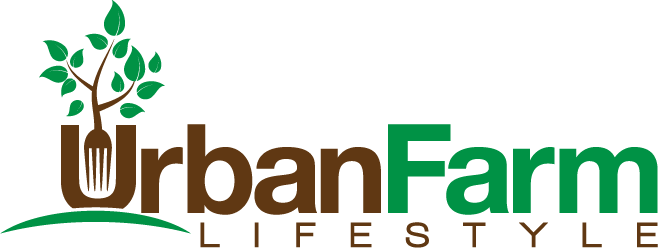
Pollinator Garden
A pollinator garden is ideally made up of regional flowering plants from native seeds that help attract and feed pollinators such as butterflies, bees, hummingbirds, and other insects and animals.
Enjoy,
David Proctor

Urban Farmer/Rancher
Local Flowering Plants
by David Proctor
May 18, 2023
Urban Farm Lifestyle Magazine Published Weekly
I have raised bees for a number of years and one of the things that will make or break you with having success with the bees is their food source.
When bees or other pollinators seek out pollen and nectar, one of the things that will attract them is color.
We all look at and admire the perfect green lawns that are weed free and mowed to perfection.

To a pollinator, all they see is a desert with no food!
I would like to point out some resources that I have found to help our pollinators with natural, regionally grown food sources.
If we help our pollinators survive, they in turn will help us survive by pollinating the plants that we need for food.

When doing research on this topic, I found the Million Pollinator Garden Challenge website that is promoting just what I want to do.
“The Million Pollinator Garden Challenge (MPGC) is a nationwide call to action to preserve and create gardens and landscapes that help revive the health of bees, butterflies, birds, bats, and other pollinators across America.”
The site explains how you can participate in this activity and get on their map of gardens across the United States.


Another site; Xerces.org, which I found to be very useful has downloadable pdfs that have lists of local plants for pollinators in the different regions of the US.

Once you have downloaded your region, you can see what species of regional plants attract and are beneficial for pollinators.
There are many beautiful flowering plants to choose from.

Pollinator.org has an app and guide for Canada and the US.
They are very extensive and tell about most of the local species that can be planted for pollinators.

This goes beyond just wanting to have a good food source for my bees.
If we don’t try to help promote the pollinators in our region, we will have the potential to lose some of our native species and at the least have less productive flowers and plants in our garden.
When you have a chance to plant, plant food for our pollinators and enjoy the beauty.
Check It Out!

Quick Tip
-use plants that provide nectar and pollen sources
-provide a water source
-be situated in sunny areas with wind breaks
-create large “pollinator targets” of native or non-invasive plants
-establish continuous bloom throughout the growing season
-eliminate or minimize the impact of pesticides.
Bibliography:
“Million Pollinator Garden Challenge |.” Million Pollinator Garden Challenge. N.p., n.d. Web. 18 May. 2023.
“The Xerces Society » Pollinator-Friendly Plant Lists.” The Xerces Society » Pollinator-Friendly Plant Lists. N.p., n.d. Web. 18 May. 2023.
“Pollinator Partnership – Guides.” Pollinator Partnership – Guides. N.p., n.d. Web. 18 May. 2023.
Toscano, Kim. “Shrubs and Perennials to Attract Butterflies.” Southern Living Plants, Southern Living Plant Collection, 24 May 2022, https://southernlivingplants.com/plan-your-garden/shrubs-and-perennials-to-attract-butterflies/.
“Planting Guides.” Pollinator.org, https://www.pollinator.org/guides.

Recent Comments